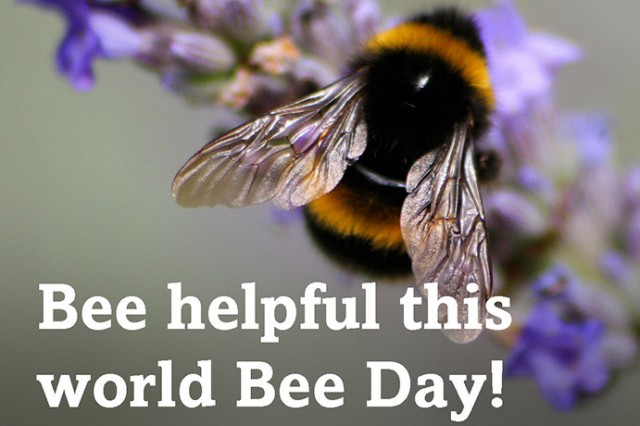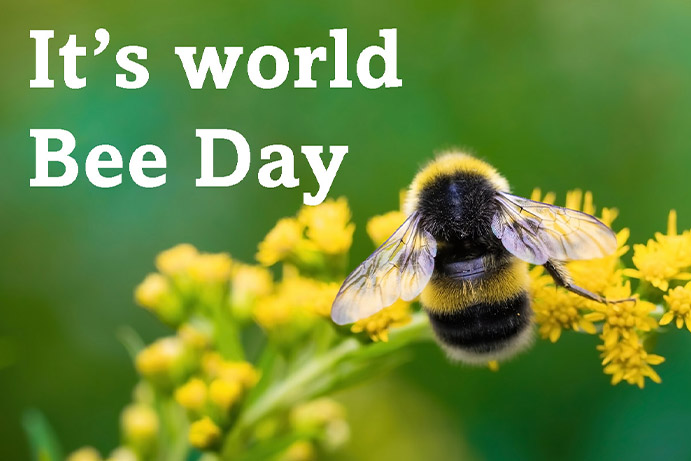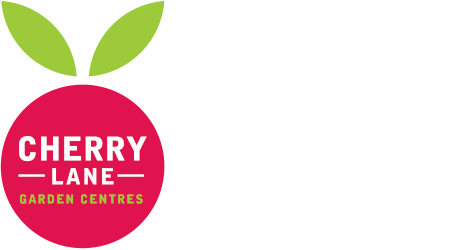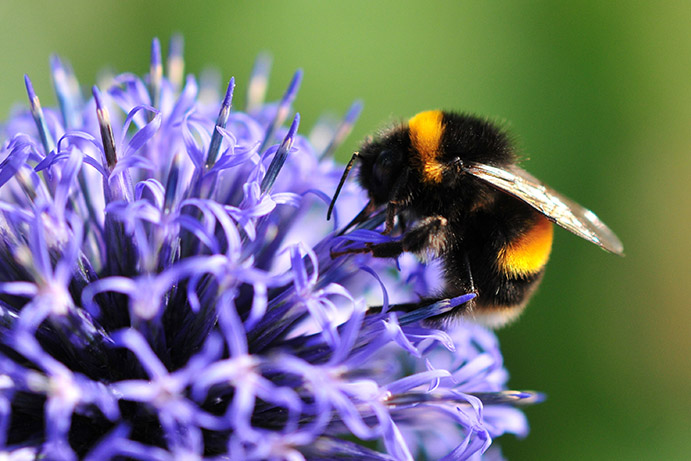Bee Friendly in Your Garden

World Bee Day is here
On the 20th of May, we celebrate World Bee Day, created to raise awareness of the significance of needs and other pollinators. Did you know, that one-third of the whole world's food production relies on our bee population? Bees help to pollinate three-quarters of all leading global crops, without which our food industry would crumble.
Give a helping hand
Our bee population are absolutely vital to our ecosystem, so let's be sure we help them as much as we can. We have put together a little collection of ways in which you can help out the bees in your local area, whether in your garden, courtyard or balcony.

Avoid Chemicals Providing sources of nectar is brilliant, but we have to make sure they are free of any harmful chemicals. Weedkillers, fertilisers and garden chemicals can all be harmful to our pollinator population and are best avoided where possible. Opting for eco-friendly natural alternatives will make sure your garden is safe for the local bees.
Bee Baths Although they won't be taking a soak in the tub anytime soon, a bee bath can create a safe and reliable place for a tired bee to take a drink. Fill a shallow container or an old birdbath with clean pebbles or small stones, then top it up with fresh water. Bees can then land on the pebbles and take a nice refreshing drink after all their hard work.

Buy local honey Support your local beekeepers by purchasing their honey. Not only will you be supporting the professionals in taking exceptional care of these creatures, but you can enjoy the delicious produce. Local honey not only tastes delicious, but it can help reduce the symptoms of hayfever.
 Photography by - Phil Greaves
Photography by - Phil Greaves
Teach the next generation Share your knowledge with the younger generations in your life. Raise awareness of the importance of bees, after all, that's what World Bee Day is all about. By teaching the next generation, we are investing in the future of our environment, bee population and ecosystem.
 Photography by - Phil Greaves
Photography by - Phil Greaves






